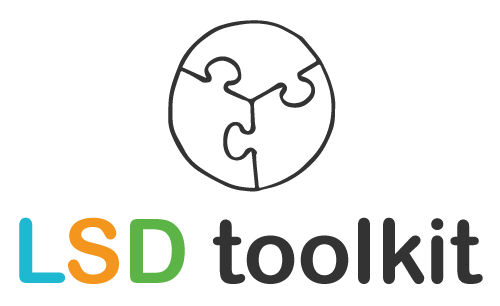Lean is all about ‘flow’. Finishing work. ‘ Stop starting, start finishing ‘ is the adage. Flow is a strange thing. It often goes against intuition. That is why it is fun and good to let teams experience flow …
Explanation
A nice visual explanation of what flow is, comes from Jimmy Janlén. He uses the analogy of the traffic jam. Watch the video about flow .
Working methods
There are various simulations and games that make the lean flow clear. Some methods that I use myself are:
1. Flow simulation of Okaloa Flowlab
2. Penny game (also called ‘agile coin game’)
3. Online Lean Flow game (the penny game for Zoom or Teams)
4. Lean / Agile ball game
5 Resource Utilization Trap
The latter we elaborate below (in a Dutch version of the original by Henrik Kniberg). With this method (game) you show that if everyone is busy, sometimes nothing gets done. And that with lean you first get the flow in order and then optimize the use of resources.
Supplies
– 3 to 5 team members in a row
– 30 tangerines or other objects
– a bowl
– whiteboard and marker
Rules of the game
Each mandarin is a task, a piece of work. The goal as a team is to get as many mandarins into the bowl as quickly as possible (the work is finished). The only rule is that each participant has touched the mandarin with both hands 1 by 1 (with airtime) before it is put in the bowl as ‘done’.
Round 1: perform a task
- The participants are lined up
- The manager (game leader) gives a mandarin to a team member on the outside of the row
- He (or she) moved it to his other hand and then passes it to the hand of the person next to him.
- When all hands have touched the mandarin, it is placed in the bowl. The work is done.
- The first two rounds you compliment the group as a game leader
- During the third round you shout ‘stop!’. Everyone freezes in their attitude. You tell that the manager is coming in. What does he or she see?
- Discussion : In the eyes of a manager, many people do nothing. So he will actively get involved (or will a supervisor be appointed) who will ensure that everyone does something. We will work!
Round 2: performing multiple tasks
- The team members line up again
- The game master is the manager who will hand out tasks.
- In a short period of time, give everyone two tangerines, one in each hand, haphazardly
- Shout ‘Stop!’ Everyone freezes. The manager comes in. What does he see?
- Discussion : Everyone does something, we work hard. The manager is satisfied. But how much work is done? How satisfied is the customer?
The intermediate score
- As a game leader, draw a matrix of 16 squares on the whiteboard.
- The first column is for the customer, the second for ‘Use of resources’ and the third for the ‘Flow time’. We will leave the fourth empty for the time being.
- Now fill in (roughly) the findings from the first two rounds. See the image below.
- Discussion : As you can see, the customer is dissatisfied even though we have used 100% of the resources (because nothing is finished).

Round 3: pull
Instead of handing out work as a manager (push), the team members will pull work in (pull). So we work with a kind of tickets (kanban) or with the product backlog (Agile).
- As a manager, stand at the beginning of the line with your stock of mandarins.
- The team member takes a mandarin (a task), passes it on to his / her other hand and can then already take a new mandarin and pass it on and so on.
- Shout ‘Stop!’ A manager comes in. What does this one see?
- Discussion :
Final ranking
- Complete the matrix with the latest findings.
- Name the fourth column ‘throughput’. This represents the amount of work (manado lines) in 1 minute. Enter the values.
- Now fill in the bottom row. The resources are used for 30-40%, the flow time is still about 5 seconds and the Throughput is (probably) about 24 tasks per minute

Conclusion
Discuss the findings with the team. What do they get from this? What have they learned?
Tip : Preferably conclude with a piece of theory: a traditional manager will mainly focus on maximum use of resources. Everyone at work. And if there is too much work, you just hire extra people! However, as shown, this does not mean that (more) work will be completed. With lean you first put the flow in order . You ensure that the process runs smoothly. Only then do you start optimizing the use of resources. One good way to achieve this is to switch from push to pull. Think not only of a backlog instead of a work-handing manager, but also, for example, of organizing review / demo sessions instead of informing all stakeholders individually.
Another fun game form as a bouncer: the Kanban Pizza game from Agile42 is a fun method to get an idea of lean and kanban. So self-organization in practice. View a work instruction here
(Do you have a nice flow or lean method? Email us)
